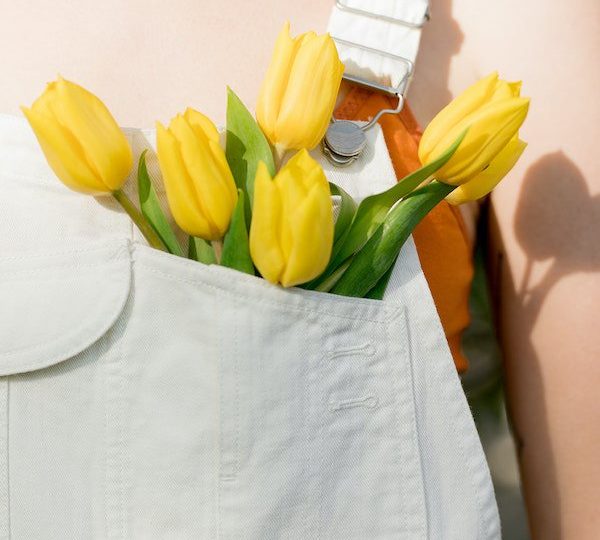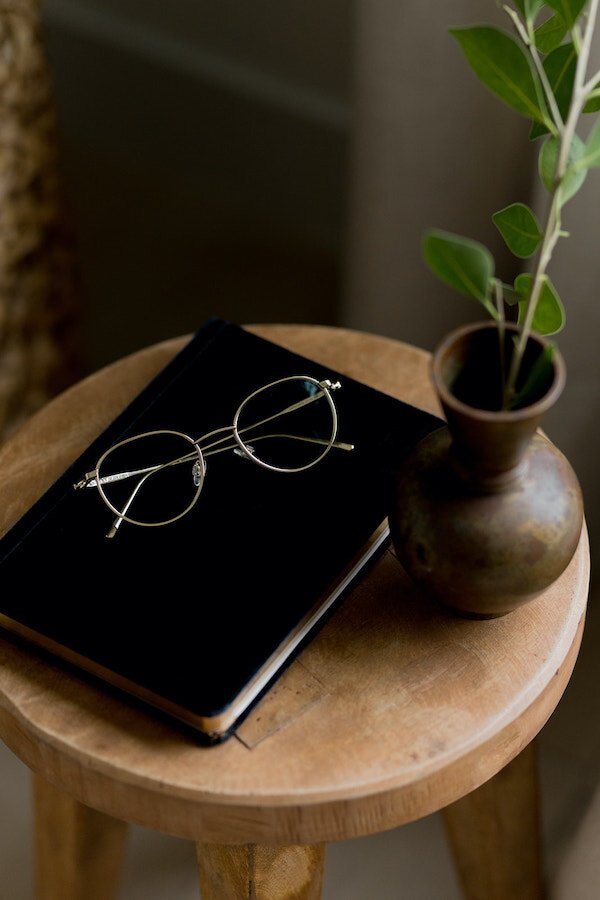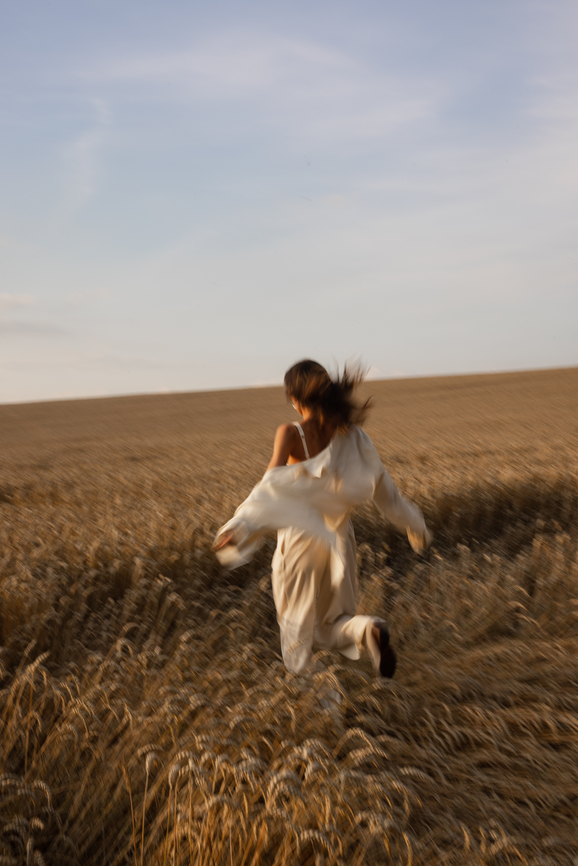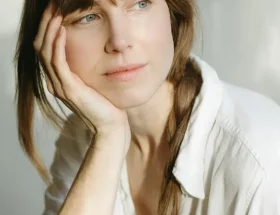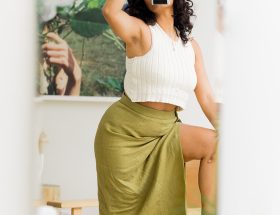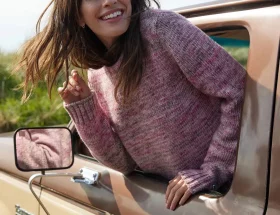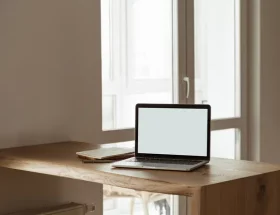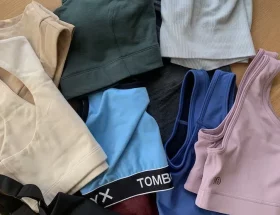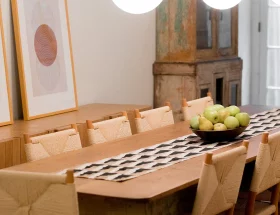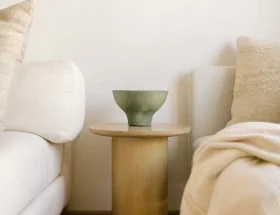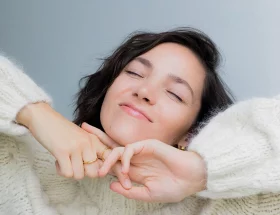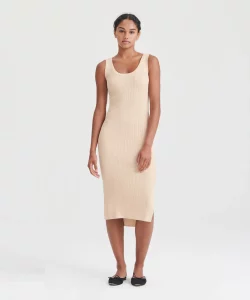It’s the third time this week that I’m sitting at my desk and staring at a blank screen. The cursor is impatient, persistently blinking while awaiting my words. Grief, alongside many other complex feelings, has woven itself through the past two years, meeting many of us head-on with the loss of loved ones, jobs, security, and stability. Paired with the grief and rage born from political tension and injustices—well, it has often felt too heavy to carry. Even as our experiences are individual, the felt trauma is shared. Our grief is collective. These heavier feelings run threads through us all.
When moving through these heavier feelings, I struggle to find any source of inspiration. As a creative, I am someone who processes my feelings through words. But in the last few months, I haven’t known how or what to write. Or maybe it’s that the writing feels inconsequential. Like so many others, I’m finding myself emotionally exhausted and unable to create. What does it look like to navigate grief by writing, by throwing some clay, by picking up a paintbrush? Is there a bridge that exists between despair and hope? Between sorrow and beauty?
“Like so many others, I’m finding myself emotionally exhausted and unable to create.”
Author David Kessler explains that meaning is how we mark loss. In a podcast interview with Brené Brown, he notes that creativity can assist us in finding meaning. I think of Homer’s Iliad and Picasso’s Guernica, Maya Angelou’s When Great Trees Fall, and Mary Oliver’s Heavy. These celebrated creations were born out of life’s darkest seasons. They serve as reminders that light dances with shadows. Throughout history, art has been a form of resilience, a way humanity has dealt with despair and moved through suffering. “There’s no way around the pain…Meaning will be the cushion, but you have to feel the pain,” laments Kessler.
“Meaning will be the cushion, but you have to feel the pain.”
— David Kessler
I’ve noticed that when I do find myself able to write, I write furiously because my body needs it. It seems that once my fingers find the keyboard, they take over. Strings of sentences refuse to be left unfinished, and so I keep writing and digging, allowing my feelings to work themselves out on the page in a cathartic undertaking. Even if I’m not writing about loss, it feels good to have intention. To be sailing on a familiar course. I guess that’s the secret: Creating while grieving is not about what you create, it’s about the act of creating itself.
“The meaning is not in the death,” explains Kessler. “The meaning is in what we do after. The meaning is in us. That’s where the meaning lies. That’s what we can create.” When I write amidst grief, I feel all of the emotions rising. My heart swells and begs me to stop, but also to keep going. Some doorways need to be opened, some wounds need to be exposed and flushed out.
“Some doorways need to be opened, some wounds need to be exposed and flushed out.”
Perhaps creative work can offer healing for those wounds. By confronting grief this way, we are not simply getting over our loss and heartache, we are moving through them. We are taking the hurt and trauma and doing our best to find meaning. Grief is the catalyst, inviting us to release all that we hold inside. Here, we create space for the continuation of our stories now informed by losses.
This, of course, requires much of us. It takes courage to open ourselves up and face heavier emotions head-on. Be gentle with yourself in your creative endeavors; this is a sensitive and fragile time. May we be kind to ourselves by not judging our creations harshly or critiquing our work the same way we do in non-grieving seasons.
Likewise, may we recognize our need for support. We owe this to ourselves—creators or not. We all need loved ones, rest, therapy, and self-care rituals to lean on when the loss feels too heavy to bear alone. These safety nets are useful for when grief carries us overboard.
Remember that though we are not isolated in our losses, the grieving process is unique for everyone. At the risk of contradicting myself: you don’t have to be creative while grieving. You don’t need to turn your pain into art. While I’ve found it helpful for me, these heavier feelings show up differently for everyone, and the best thing we can do is honor that.
“Grief and loss show up differently for everyone, and the best thing we can do is honor that.”
